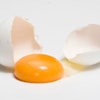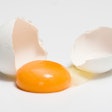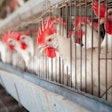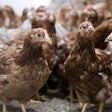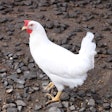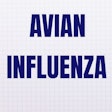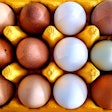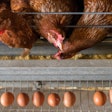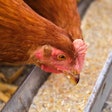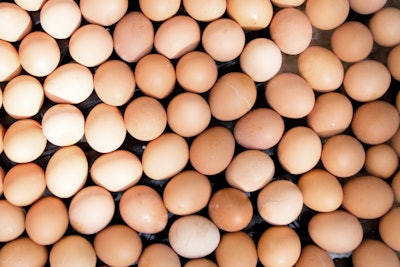
The shift to cage-free housing in the U.S. has forced small egg producers to make a large decision. They must make the costly investment to switch housing styles, wait to see if state legislation and consumer pledges are fulfilled, potentially affecting demand for their products, or go out of business.
However, the recent avian influenza outbreak could help these smaller producers make the decision, explained Dolph Baker, Cal-Maine Foods President, and Max Bowman, Cal-Maine Foods Vice President, at the 2022 BMO Global Farm to Market Conference.
Even though the virus seems to be slowing in spread, the layer industry knows that the depopulations will continue to affect egg companies as the year goes on.
“After 2015’s outbreak, the industry was creative and repopulated faster than most expected. It is a good business decision by those that are affected to repopulate their facilities,” said Baker.
This year, the story is a little different.
According to one breeder, availability of hatching eggs is limited compared to 2015’s numbers, explained Baker. With the transition to cage-free housing, the need to remodel houses will discourage producers from repopulating flocks quickly.
“I think the production increase will not be what we saw in 2015. It will be a little slower,” stated Baker.
Cal-Maine Foods has grown primarily through acquisitions of family businesses. Additionally, the transition to cage free takes a large capital expenditure. Typically, when businesses have generational turnover, we are the first ones they call because they know our track record and they know that we have taken care of customers and employees in the last year, he explained.
“The economics of egg industry for the last four years has been poor. We are getting calls from companies that would like to explore acquisition opportunities. The problem is that a lot of these companies do not have cage-free production. We can either spend our capital on our current conversions or try to buy these companies and have to spend our capital to convert them,” stated Baker.
Cage-free conversions and avian influenza have some egg producers questioning their next steps, in terms of reinvesting in new housing or exiting the business altogether. “We’ve tried to position ourselves to move forward, and I do believe there will be more opportunities as we go through this recapitalization of our industry,” concluded Bowman.

